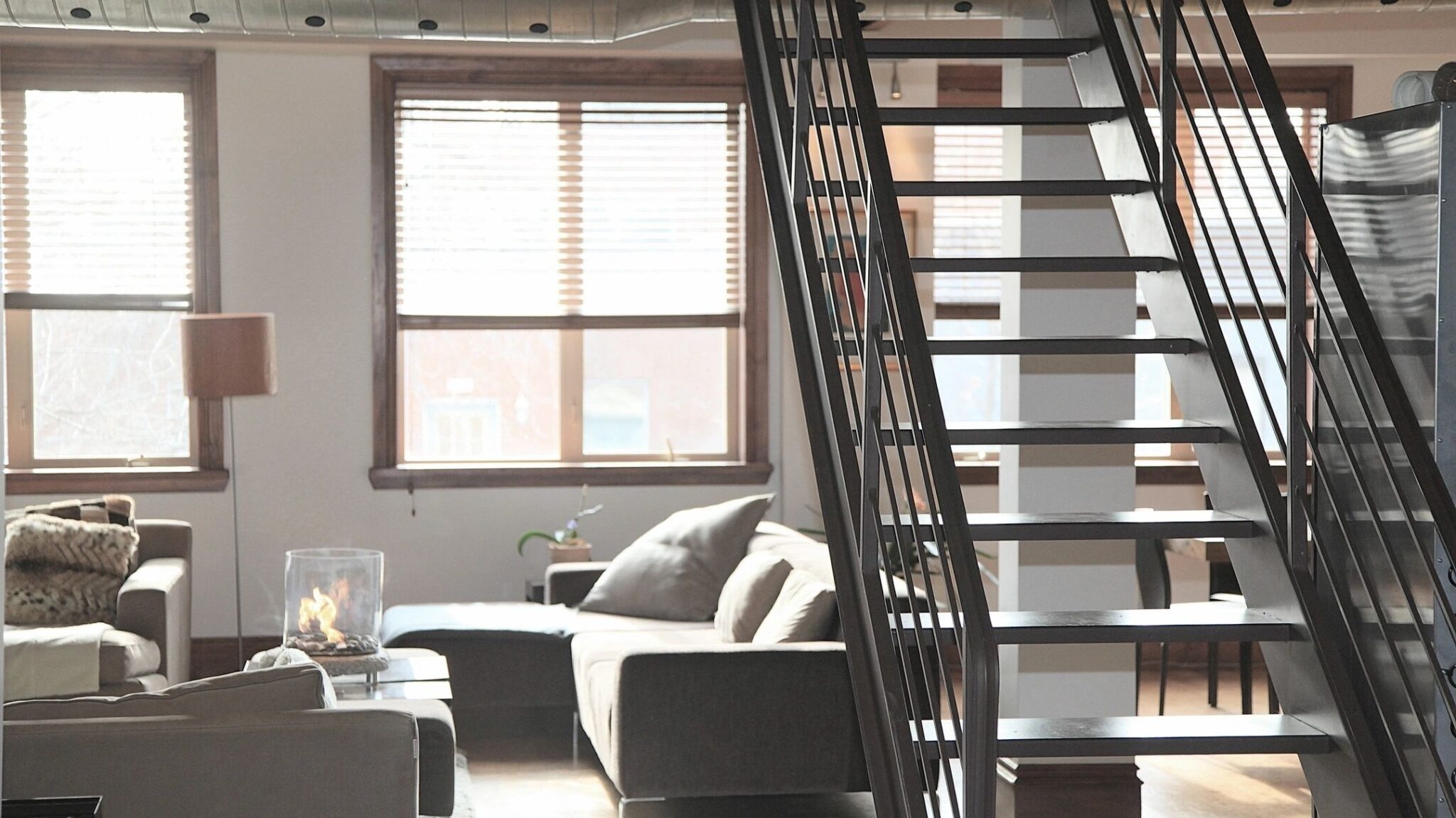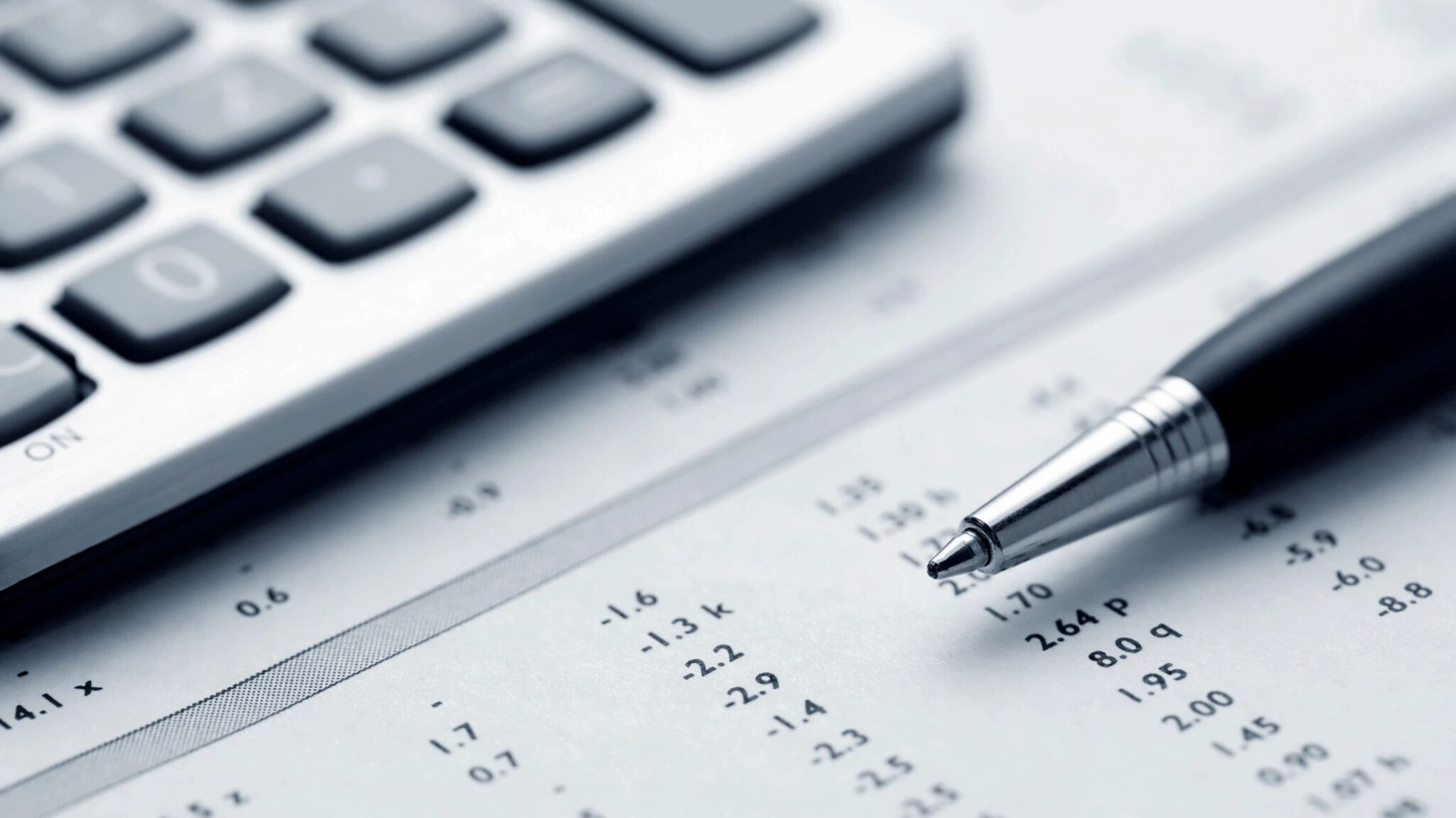Know Your Numbers in Real Estate and Stop Relying on the 70% Rule

Do you think the 70% rule completes your understanding on how to compute a deal?
Did you know this formula is only ideal within a certain price margin?
Join us today to get a complete comprehension of how, why and when you should use the 70% rule in flipping houses.
Many believe once they have this computation technique down, they are good to go. Well, not quite…
Without a complete understanding of how this formula is derived, you are at a disadvantage.
Not only do you need to know how to compute your expenses, you will also need to understand when and why to use this formula.
Many of you are using this formula solely due to your financing eligibility requirements.
Others are using this to insure they profit enough in each deal. Some of you are just watching YouTube and didn’t know it mattered…
The 70% rule is derived as a “safe region” to estimate all your costs prior to considering renovation expenses. What the formula is pretty much saying, is that 30% of your expenses, including your profit, can be generally expected in any deal.
But, is that true? Are the costs and profits aligned to where you need to be personally?
Well, let’s break down the factors that make-up the 70% rule.
6 Line-Item Expenses

1) First Line-item – Financing Costs
The first line item expense to consider is your financing charges. Let’s say, your loan is a 9 month loan, with a APR at 12% and 2 points at closing.
Let’s plan that the project will take 6 months to renovate and resell.
Let’s say your loan is $140,000, where $100,000 is to buy the property and $40,000 is for renovation funds. If so, your interest would be $16,800 across 270 days, 9 months, or $62.22 per day. You will also have $2,800 due at closing, for your 2 points.
If your project will take 6 months to renovate and resell, then your estimated financing costs will be $11,199.60. $11,199.60 toward interest and $2,800 toward points for a total of $13,999.60.
- Consider any out of pocket expenses here if you aren’t getting 100% financing and your financing is 90/10 for example. In this case, you’ll need to bring $14,000 to closing or 10%.
Let’s proceed to the next line item.
2) Second Line-item – Holding Costs

The next line item expense you will need to compute are your holding costs. Holding costs are utilities and taxes. Utilities normally include, water, sewer, electric, and gas.
If taxes are $3,000 per year and all utilities combined is $100 per month, your total holding cost across 6 months is $2,100.
Let’s proceed to the next line item.
3) Third Line-item – Back-End Closing Costs
The next line item expense you will need to compute is your back-end closing costs when you resell. Your closing costs, will include agent fees and title company transactional fees.
Since you’ve already accounted for taxes, this doesn’t need to be in your calculation.
Depending on your state, you will need to consider state-specific expenses. Since Pennsylvania has a 1% tax to the buyer and seller, we will need to add this to the normal 6% for agent fees. This brings us to a total of 7%.
Be sure you are using your ARV for this 7% and not your cost basis of $140,000.
Let’s consider your ARV will be $200,000. Therefore, at 7% of your $200,000 ARV, your closing costs will be $14,000.
Let’s proceed to the next line item.
4) Fourth Line-item -Front-End Closing Costs

The next line item expense you will need to compute is your front-end closing costs as a buyer. These are costs that are always out of pocket and cover your transactional fees from the title company, your prorated taxes/sewer/water, property insurance, and title insurance.
These costs are usually about 4-6% dependent on how high taxes are in the area you are buying in. For this example, let’s use 5%.
- Note: When we summarize all expenses in the end, you can also expect a credit from the advance payment toward some of the utilities and taxes because of the front-end closing costs. We will credit half of the holding costs from line-item 2, or $1,050, in our summary computations, due to this variable.
5% of $140,000 is $7,000.
Let’s proceed to the next line item.
5) Fifth Line-item – Planned Profit
If you have used the 70% rule, then whatever is remaining of the allowable 30%, would be your profit after the repair expense.
So let’s reverse engineer this using the planned renovation budget of $40,000.
So, your plan is to complete this project in 6 months where your ARV is $200,000, your renovation budget is $40,000, and you are purchasing the property for $100,000.
From the costs displayed above for; financing, holding and closings, your total expenses before repairs is $36,049.60. $36,049.60 out of $200,000 is 18.02%. There is 11.98% remaining which would be your profit.
- Note: This is if you received 90/10 financing. Also, we only used half of the holding costs, or $1,050 versus $2,100, per our note from line-item expense 4 mentioned previously.
So let’s verify these totals. $100,000 for the purchase, plus $36,049.60 for all line-item expenses, plus $40,000 in repairs equals $176,049.60. $176,049.60 is the total amount invested.
- $100,000 + $36,049.60 + $40,000 = $176,049.60
You sell the property for $200,000. Therefore your profit is $23,950.40 before taxes.
$23,950.40 divided by $200,000 is 0.1198 or 11.98%
- $23,950.40/$200,000 = 0.1198 or 11.98%.
So if the 70% rule is used in this example, the investor profits 11.98% before taxes.
Whether you scale your profit higher or lower, you are altering your profit percentage. Hopefully all factors align according to plan, especially your ARV and your repair estimate.
So that all is displayed and identified your sixth line-item expense are the repairs.
6) Sixth Line-item – Repairs
Repairs are not included in the 70% rule, but it is needed to arrive at your offer amount.
The 70% rule only accounts for your expenses and your profit. Our repairs were $40,000 in this example.
Conclusion

The purpose of this lesson is to display how each line-item expense is computed so you are not dependent on the formula and you understand all that create the formula.
It is vital that you recognize the out of pocket expenses were also $21,000 and the profit was $23,950.40.
For this deal to make sense, I’d definitely say some costs should be reduced.
- A faster turn time in the project alone, could decrease financing and holding costs.
- Next would be the possibility to decrease reselling costs and repair costs. Perhaps 5% to resell and some DIY’ing (where capable) in the project will pay off.
Be aware, that s the ARV of each investment rises above $300,000, the scale of how accurate the 70% rule is, is at jeopardy.
Typically any investment where the ARV is over $300,000, the 70% rule becomes more and more out of scale.
- When you are considering deals where the 70% rule may apply, be sure to use our House Flipping Investment Calculator. It is very helpful.
This is where it is more reliable to compute your line-item expenses versus using the formula.
For example, an investment property with an ARV of $1,000,000 may not require you plan for $300,000 of expenses and profit, before repairs, for the deal to make sense.
Also, if you desire to scale your profit because of anything displayed today, the 70% rule may not be your best plan of action.
Here are some ideas to consider that may alter your expected use of the 70% rule.
- Your repair cost is less than normal because you have a tenured contracting team or do repairs yourself.
- Your financing is less than 10-12% or you have 100% financing.
- Your profit margin will be scaled to be less or more than the typical 10-15% profit the 70% rule allows.
- Your holding or closing costs will be less due to your specific abilities.
- Your exit strategy is something other than renovating and reselling.
The idea is to understand and use the 70% accordingly now that you understand how to apply it.
Thanks for joining us today! We wish you great success and appreciate the participation from our faithful readers-future leaders.
Love ya and keep striving for growth.
Please comment if you found this helpful and/or what your experience has been.
FREE Deal Analysis for Rental Property Calculator!
Our mission is to help others develop using our knowledge and services.
We cater to those looking to grow professionally.
Explore our tools, education and services.
